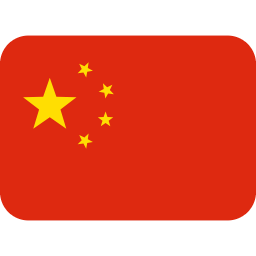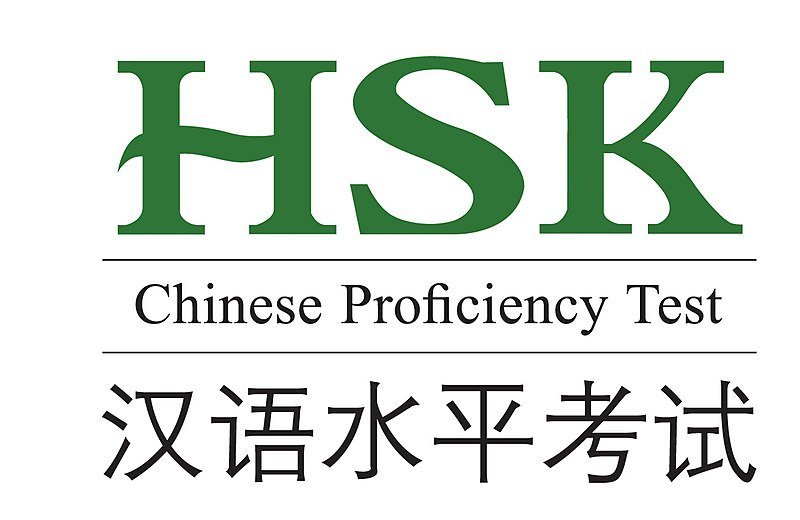Mandarin Language Course
Mandarin Language Native to northern, western, and southwestern China, Mandarin is not only the fastest-growing language in the world, but it has also seen the largest increase in the number of people learning it as a second language. About 15 percent of people worldwide speak it as their primary language; Mandarin is also fast becoming a global superpower. It is increasingly becoming the language of business and tourism.
Download Brochure

Benefits of Learning Mandarin
Mandarin proficiency can provide a competitive advantage in the employment market.
Numerous multinational corporations and organizations seek employees who can effectively communicate with Chinese partners, clients, or consumers. It can lead to improved employment opportunities and possible career advancement.
China plays an important role in international trade. The ability to communicate in Mandarin is a great asset for anyone looking to do business with or collaborate with Chinese enterprises.
Levels In Mandarin
Mandarin Chinese has multiple levels and competence benchmarks to test a learner’s ability to understand, speak, read, and write. Language learning programs, standardized assessments, and competency exams generally match these levels. The internationally standardized HSK (Hànyǔ Shu�píng Kǎoshì) system is the most widely used framework for assessing Mandarin language proficiency in non-native Chinese speakers. HSK 1 is the lowest level of proficiency, and HSK 6 is the greatest. A breakdown of levels:

HSK: 1
Duration: 50 Hours
- This is the first level. The lessons cover easy words, phrases, and sentence structures.
- People at this level can handle very basic communication jobs that come up in everyday life.
- The person will be able to learn between 100 – 150 Chinese characters.
- The student will be able to take the International HSK 1 exams




HSK: 2
Duration: 60 Hours
This is the second level that builds on the first level, HSK 1.
It has a bit more complicated sentence patterns and a bigger vocabulary. can talk about things that happen in their daily lives.
The person will be able to learn between 250 – 300 Chinese characters.
The student will be able to take the International HSK 2 exams.


HSK: 3
Duration: 60 Hours
Students are able to participate in conversations and discussions on a more extensive range of subjects.
They have a wider range of vocabulary words, and they are able to understand fundamental Chinese texts.




HSK: 4
Duration: 40 Hours
- Represents an intermediate degree of fluency in the language.
- Learners who have reached this level are able to talk smoothly on a wide variety of subjects, comprehend more extensive texts, and even begin to express their opinions and thoughts in written form.


International Exam Preparation
The internationally standardized HSK (Hanyu Shuiping Kaoshi) system is the most widely used framework for assessing Mandarin language proficiency in non-native Chinese speakers.
Mandarin has multiple levels and competence benchmarks to test a learner’s ability to understand, speak, read, and write.

